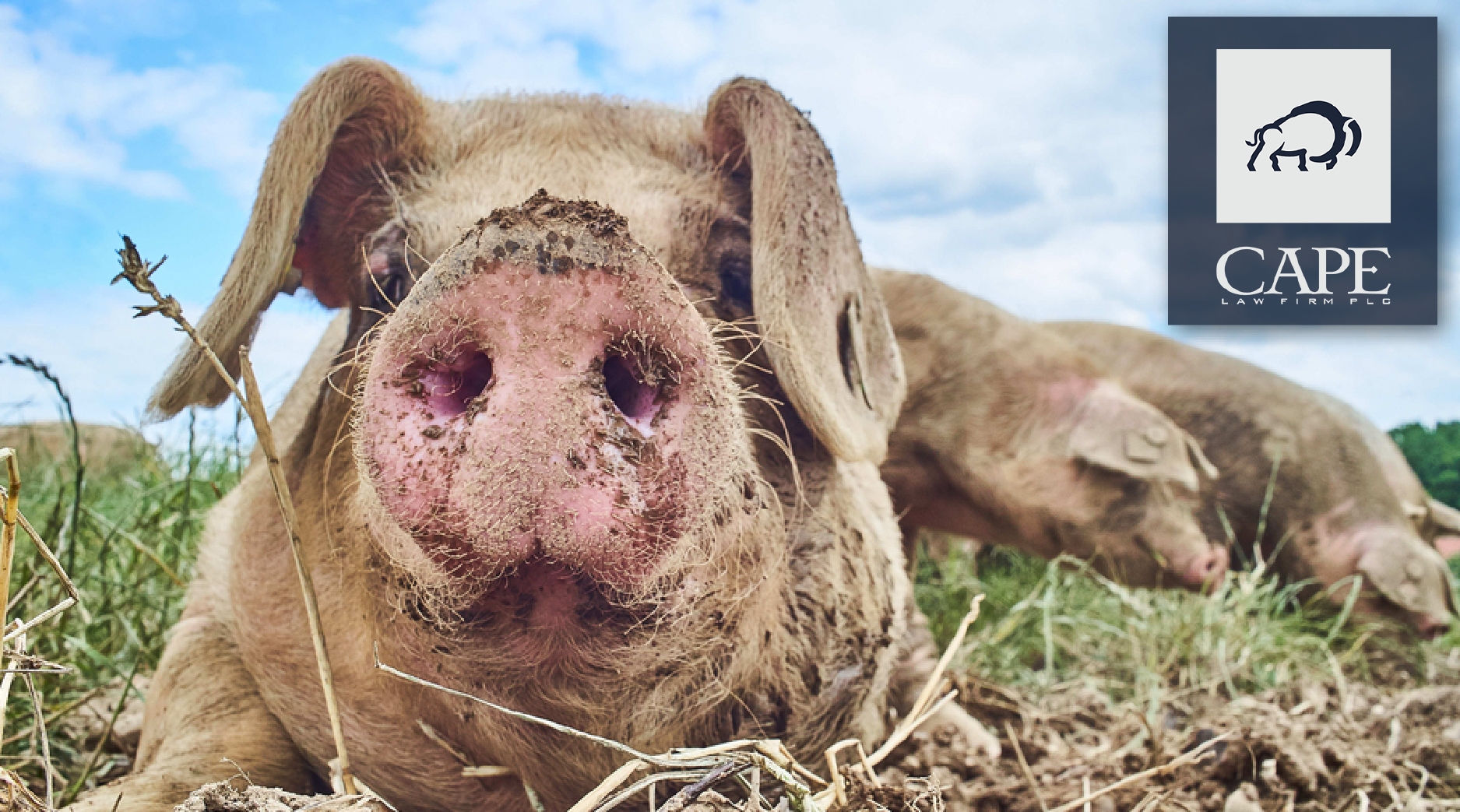Supreme Court Gives Pigs Space to Roam (or at least turn around)
Hot off the Supreme Court press, the High Court affirmed the dismissal of National Pork Producers’ (NPP) and American Farm Bureau’s (AFB) challenge to a California animal welfare law known as Proposition 12. The law revised California’s standards for the in-state sale of eggs, veal, and pork – and as it concerns this case, the law forbid the in-state sale of pork that came from pigs that were “confined in a cruel manner.” Thus, among other things, sows were required to have at least 24 square feet of living space. As a practical matter, the law impacted the pork industry across the nation because a significant amount of hog production comes from confinement-style facilities. And for those familiar with raising hogs, there are valid reasons for confinement at different times in the process. Thus, NPP and AFB sued to invalidate the law under the Constitution’s commerce clause precedents.
In a rather fractured opinion, the Supreme Court upheld California’s law and affirmed the dismissal of NPP’s and ABF’s challenges. The case was widely watched since it involved application of interstate commerce principles and embraced conflicting moral judgments about modern livestock production and animal welfare.
It is worth noting that one impact of the Court’s decision was to strengthen states’ autonomy and authority to regulate even when the effects reach beyond its borders.
Searching for a Miracle Third Crop in the Land ‘O Plenty
With Farm Bill discussions underway, we were reminded of the heavy influence of federal farm policy on crops and ag infrastructure in the US by a recent article on AgWeb lamenting a decades-old search for a miracle “third crop” for the Midwest. Nearly all of the Midwest (and much of the Mid-South) has been locked in a corn-soybean crop rotation for several generations. Yes, these regions are great places to grow corn and beans, but once upon a time farms were far more diversified with livestock, small grains, hay and other crops which have become “specialty” crops. This narrow two crop focus is one of the primary outcomes of significant government subsidies for corn and soybeans. It has also resulted in an infrastructure that is designed only to handle corn and beans, adding substantial barriers to growing anything else. Federal policies continue to drive surplus production of corn and soy, which drives down prices, which then drives federal policies to provide additional support for corn and soy. And this cycle contributes to year after year of farm consolidation and overall loss of farms and farmland. Last year saw a drop of about 10,000 farms in the US.
Thus, the search for a miracle third crop that might change these market dynamics and diversify risk and revenues. There’s certainly nothing wrong with a robust corn and soybean sector in the ag economy, but it is worth asking whether these long-standing federal policies and subsidies are bringing about truly favorable outcomes. Should the goal be to encourage more entrants into farming and healthy rural economies, or should it simply be to push economies of scale and build giants modeled after SLC Agrícola, a 1.7 million acre corn, soy, and cotton operation in Brazil?





